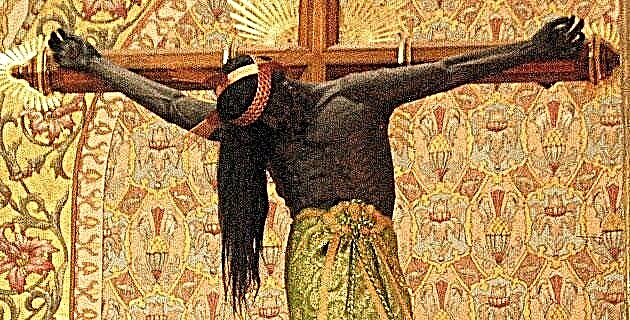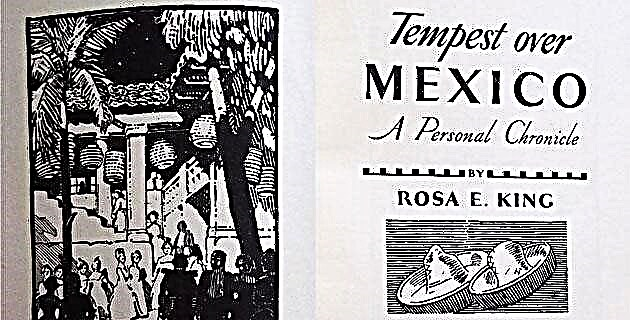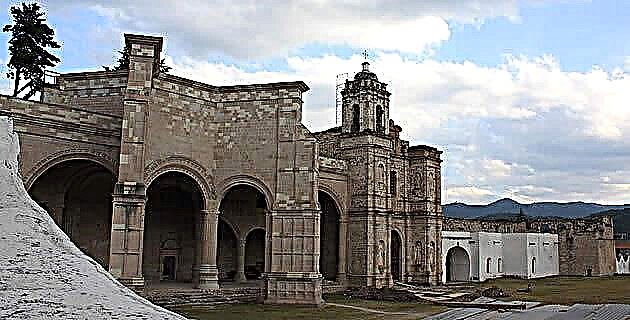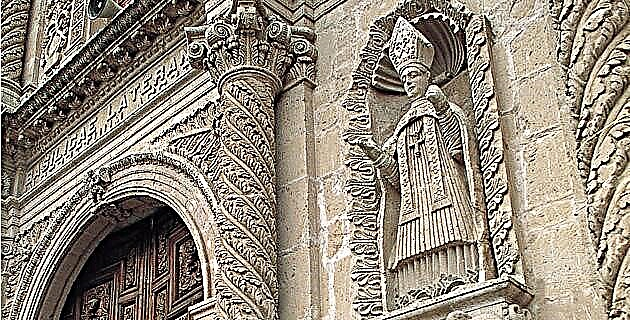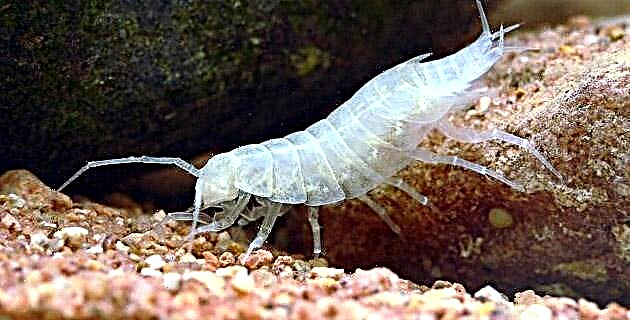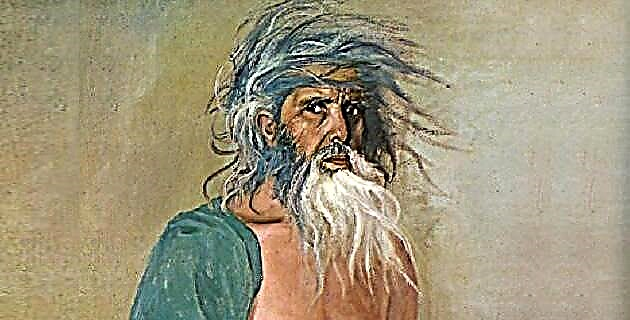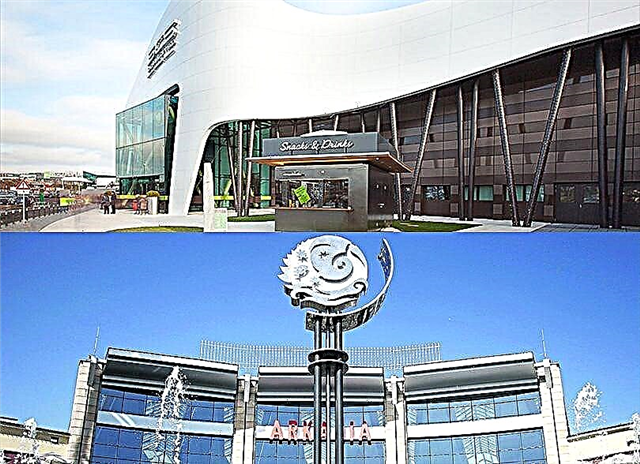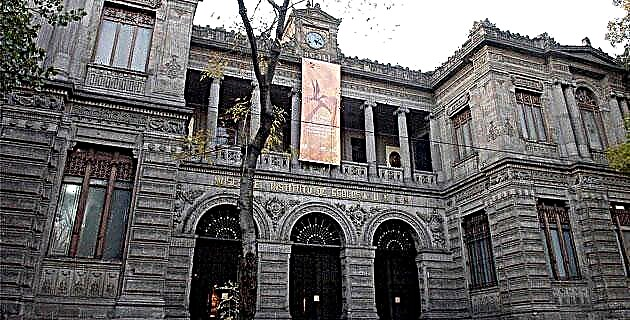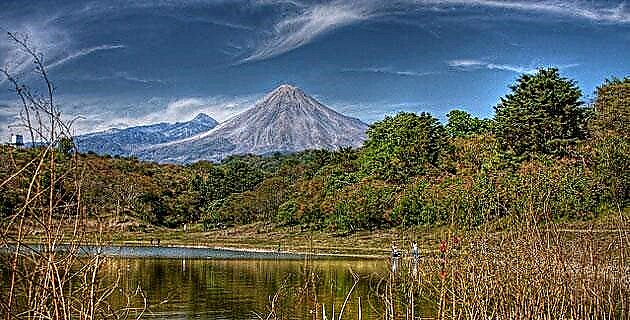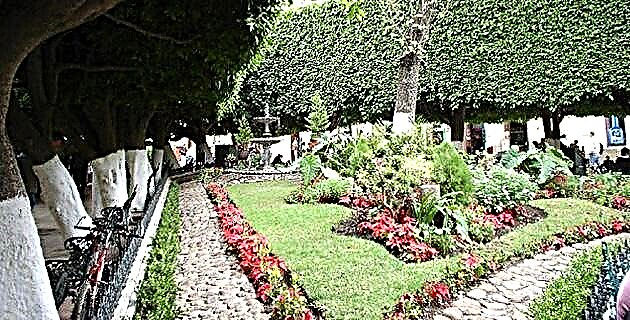
We decided to make this trip to learn about the history of Mexico, because we thought that it would not hurt to know a little more about the first steps of our beautiful homeland towards its Independence.
We took the road along Highway 45 (Mexico-Querétaro) and after four hours of travel, we found the junction with Highway 110 (Silao-León) and following the signs after 368 kilometers traveled, we were already in Guanajuato.
Choose the hotel
A central hotel is a good option to stay in this beautiful city declared a World Heritage Site by UNESCO (1988), since it offers the opportunity to walk to almost all the attractions of the place and experience the traditional “callejoneada” up close. takes place every night, starting from the Union Garden on a tour through the alleys of the city center. But there are also lodging alternatives for those who, like us, travel as a family, and want to sleep away from the hubbub of night parties. The Mission Hotel was a perfect option, as it is on the edge of the city next to the former Hacienda Museo San Gabriel de Barrera.
History at every turn
We got to the center through the tunnels built in 1822 as an alternative outlet for the water, which constantly caused flooding. Once there, we went to have breakfast at Casa Valadez, a restaurant with very good service, quality and affordable prices. The obligatory breakfast: mining enchiladas.
The historical tradition, the architectural beauties, the cobbled alleys, the squares and the Guanajuatenses, make the trip through this land a surprising itinerary. We took a walk through the Union Garden, a favorite place of the locals, and from where the Pípila is distinguished, on the Cerro de San Miguel. In the center of the garden you can see a beautiful Porfirian kiosk. We cross the street to visit the Juárez Theater, which has a beautiful neoclassical façade with a staircase that invites you to climb. On one side, the Baroque Temple of San Diego, which is noted for its beautiful facade in the shape of a Latin cross.
The next day, we left the hotel and walking downhill, about 50 meters, we arrived at the former Hacienda de San Gabriel de Barrera, which at the end of the 17th century, had its heyday with the benefit of silver and gold. The highlight of the now museum are its 17 gardens that, in beautifully designed spaces, show plants and flowers from different regions.
On our way to the Alhóndiga de Granaditas, but first we stopped at Positos 47, the house where Diego Rivera was born on December 8, 1886, and where today the museum of this exceptional artist is located.
We stopped at the Plazas de San Roque and San Fernando, spaces as well-groomed and beautiful as they have not been seen in any other city in our country, with such a unique atmosphere and magic. The first was, at one time, the city's cemetery. In the center of this is a quarry cross, which is an essential piece of Cervantes's Entremeses. The church of San Roque, dating from 1726, with its quarry façade and neoclassical altarpieces, is equally beautiful.
We finally arrived at the Alhóndiga and what was our surprise, that when we arrived we found columns, floors and vaults that look more like a house of aristocrats than a grain store. Beautiful place. It was getting late, so we went straight to the funicular, behind the Juárez Theater, to go up to the statue of Juan José Reyes Martínez, “El Pipila”.
Heaven and freedom
With a lit torch in hand, the 30-meter-tall figure of one of the heroes of Independence stares undaunted over the winding streets of the city, called by the Tarascan Quanaxhuato (a mountainous place of frogs). The landscape of the city shows constructions that emerge from a deep valley to climb the slopes of the hills in a line as imperfect as it is fascinating. We were able to admire the temples of the Valenciana and the Compañía de Jesús, the Juárez Theater, the Alhóndiga, the Collegiate Basilica and the San Diego and Cata temples. The building of the University of Guanajuato stands out for its white attire.
Heading to Dolores
We had breakfast at the hotel and, on federal highway 110, we headed to Dolores Hidalgo, the cradle of Independence. This city was born as part of the territories of the Hacienda de la Erre, which was founded in 1534, becoming one of the largest large estates in Guanajuato. On the façade of this farm, which is eight kilometers southeast of the city, there is a plaque that reads: “On September 16, 1810, Mr. Cura Miguel Hidalgo y Costilla arrived at this Hacienda at noon. de la Erre and ate in the farm room. After the meal was finished and after having formed the First General Staff of the Insurgent Army, he gave the order to march towards Atotonilco and as he did so, he said: 'Go ahead gentlemen, let's go; The cat's bell has already been set, it remains to be seen who are the ones that are left over. " (sic)
We arrived at the historic center of the city and although early, the heat pushed us towards Dolores Park, famous for its exotic flavored snows: pulque, shrimp, avocado, mole and tequila sounded attractive.
Before returning to the capital to enjoy the callejoneada, we went to the place that I wanted to visit so much, the house of José Alfredo Jiménez, who was born there on January 19, 1926.
To San Miguel de Allende
The music and hubbub of the previous night lifted our spirits, so at eight in the morning, with all our load in the truck, we left for San Miguel de Allende. We stopped at km 17 of the Dolores-San Miguel highway, in beautiful Mexico, a place where we found a great variety of wooden crafts. We finally reached the main square, where the snow stands, the women selling flowers, and the pinwheel boy were already set up. We admire there the parish with its peculiar neo-Gothic tower. From there we continued walking through its beautiful streets full of shops with interesting things, until it quickly struck two in the afternoon. Before eating, we visit the bullring, the El Chorro neighborhood and Parque Juárez, where we enjoy a walk along the river. Now we do arrive at the Café Colón to rest and eat quickly because we wanted to return to Guanajuato even in daylight, to make the last two visits: the Callejón del Beso and the Hidalgo Market (to buy sweet biznaga, quince paste and charamuscas in shape of mummies).
Doña Josefa and her lineage
To continue with the Independence Route, we take federal highway 57 in a northeast direction, heading for Querétaro, where we stay at the Hotel Casa Inn.
We quickly left our things to go directly to Cerro de las Campanas. In this place we find a church and a museum, as well as a gigantic statue of Benito Juárez. Then we went downtown, to the Plaza de la Constitución, where we started the walk. The first stop was in the old convent of San Francisco, which today is the headquarters of the Regional Museum.
On 5 de Mayo Street is the Government Palace, the place where on September 14, 1810, the wife of the city's mayor, Mrs. Josefa Ortiz de Domínguez (1764-1829), sent the message to Captain Ignacio Allende, that he was in San Miguel el Grande, that the Querétaro conspiracy had been discovered by the viceregal government.
It was getting late but we decided to make the last stop at the temple and convent of Santa Rosa de Viterbo, with its beautiful façade and imposing interior. Its 18th century altarpieces are of incomparable beauty. Everything in the interior is lavishly adorned by flowers and golden leaves that grow on columns, capitals, niches and doors. The pulpit, carved in wood, is in Moorish style with mother-of-pearl and ivory inlays.
The next day we decided to take a tour in the truck through the 74 arches of the majestic aqueduct to say goodbye to the city.
Again, on Highway 45, now heading to Mexico, what we did was relive the beautiful images of what we experienced and give thanks for being part of this beautiful country.

